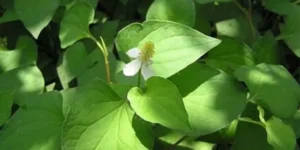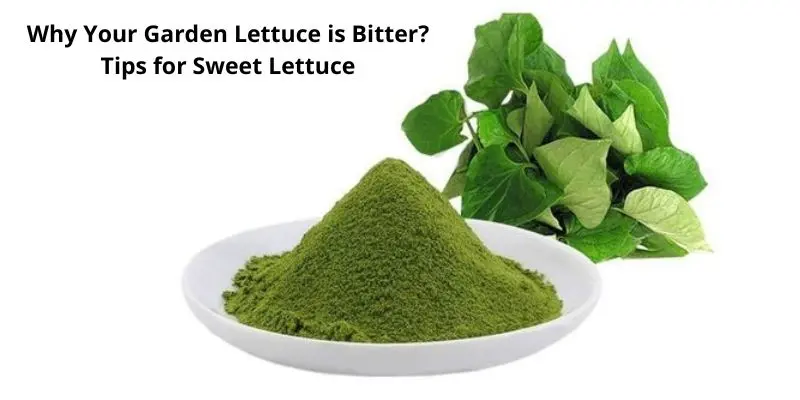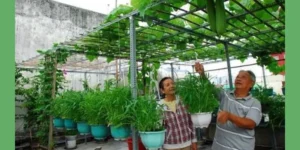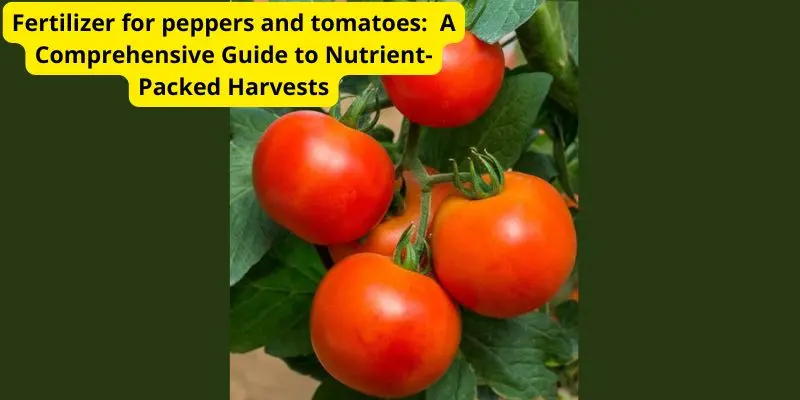Is your garden lettuce leaving a bitter taste in your mouth? You’re not alone. Many home gardeners encounter the frustrating problem of bitter lettuce. While lettuce is a staple in salads and other dishes, its bitter flavor can be a major turn-off. But don’t despair!
Understanding the factors contributing to bitter lettuce is the first step to cultivating sweet and delicious greens. In this article, we’ll explore the common causes of bitter lettuce, from soil conditions to environmental factors, and provide practical tips to help you grow sweeter, more flavorful lettuce.
Factors Affecting Lettuce Bitterness

Lettuce is a popular salad green prized for its refreshing taste. However, bitterness can significantly detract from its enjoyment. Several factors, including soil conditions, environmental factors, and plant care practices, can influence lettuce bitterness.
Soil Conditions
-
pH levels: Lettuce thrives in slightly acidic soil with a pH range of 6.0 to 6.8. Soil that is too acidic (below 6.0) or too alkaline (above 6.8) can lead to bitter lettuce. You can test your soil pH using a home testing kit and adjust it accordingly with lime (for acidic soil) or sulfur (for alkaline soil).
-
Nutrient deficiencies: Lettuce requires essential nutrients like nitrogen, phosphorus, and potassium for healthy growth and optimal flavor. A deficiency in any of these nutrients can cause bitterness. Look for signs of nutrient deficiencies, such as stunted growth or yellowing leaves, and fertilize accordingly with a balanced fertilizer.
-
Excess nitrogen: While nitrogen is crucial, an excessive amount can actually make lettuce taste bitter. Signs of nitrogen overload include rapid, dark green growth and wilting leaves. Choose a fertilizer with a balanced NPK ratio (nitrogen-phosphorus-potassium) and avoid overfertilizing.
Environmental Factors
-
Temperature: Lettuce prefers cool temperatures between 60-70°F (15-21°C). When exposed to high temperatures, lettuce plants go into stress mode, producing bitter compounds. During hot weather, provide shade for your lettuce plants or grow them in cooler seasons.
-
Light exposure: Lettuce needs adequate sunlight for photosynthesis and proper growth. However, too much direct sunlight, especially during hot weather, can also contribute to bitterness. Aim for 5-6 hours of indirect sunlight per day for your lettuce.
-
Watering: Consistent moisture is essential for lettuce, but overwatering and underwatering can both lead to bitterness. Overwatering can cause root rot and disrupt nutrient uptake, while underwatering can stress the plant and trigger bitterness production. Water your lettuce deeply but infrequently, allowing the soil to dry slightly between waterings.
Plant Care Practices
-
Harvesting time: Lettuce harvested too early can be bitter. Wait until the outer leaves are mature and have a good size before harvesting. Harvest early in the morning when the lettuce is cool and crisp for the best flavor.
-
Storage: Improper storage can accelerate bitterness development in lettuce. Store lettuce in the crisper drawer of your refrigerator, wrapped in a damp paper towel to maintain moisture. Avoid storing lettuce near ethylene-emitting fruits and vegetables, as this can shorten its shelf life and increase bitterness.
-
Pests and diseases: Certain pests and diseases can damage lettuce plants, leading to stress and bitterness. Regularly inspect your lettuce for signs of infestation or disease. Implement preventive measures like organic pest control methods or choose disease-resistant lettuce varieties.
By understanding these factors, you can take steps to grow and store delicious, sweet-tasting lettuce. Remember, the key lies in providing your lettuce plants with optimal soil conditions, a favorable environment, and proper care throughout their growth cycle.





